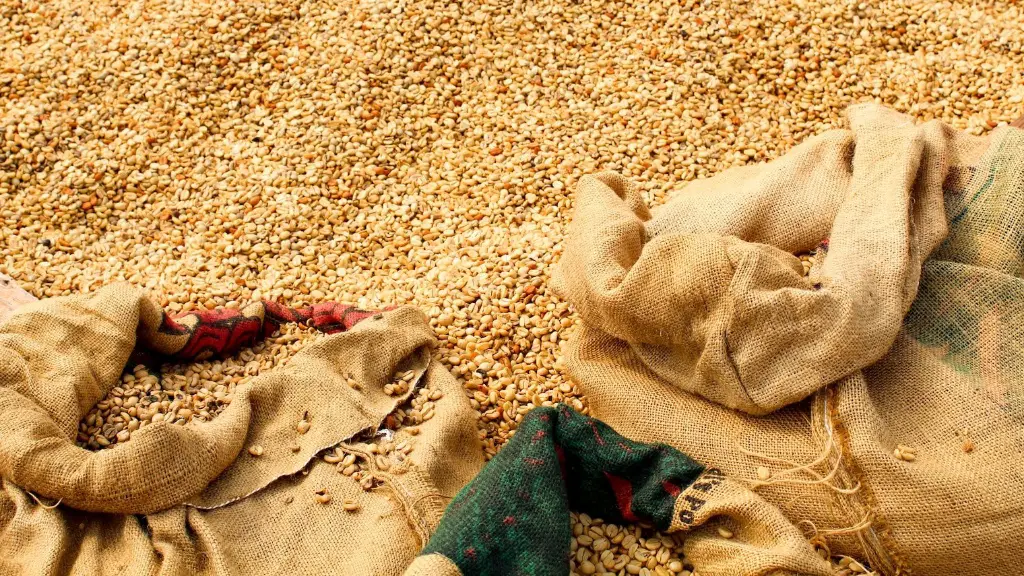Origin
In 1971, two teachers and a writer opened the original Starbucks in Seattle, Washington. Starbucks has since become one of the most popular coffee franchises in the world, with over 30,000 locations. In addition to their extensive selection of caffeinated coffee, Starbucks also offers a range of decaffeinated coffees for customers looking to enjoy the flavor of artisan coffee without the caffeine boost.
Reasons for Decaf
There are a number of health benefits associated with making the switch to decaf. Caffeine is a stimulant, which in small doses can have beneficial effects, but can have negative long-term consequences if over-consumed. Studies show that drinking caffeine in excess can increase blood pressure, heart rate and increase the risk of heart disease and stroke. For this reason it is important to be mindful of how much caffeine we are consuming each day.
In addition to its health benefits, decaffeinated coffee can also be enjoyed in the evening without the risk of being kept awake. Many people enjoy a cup of coffee before bed to relax, but regular caffeinated coffee can have the opposite effect, making it difficult to sleep. Switching to decaf in the evening allows people to still enjoy their coffee without disrupting their sleep cycle.
Starbucks Offers
Starbucks understands that many customers are looking to limit their caffeine intake, which is why they offer a range of decaffeinated options. The company currently offers two types of decaffeinated coffee; House Blend Decaf, and Clover Brewed Decaf. Both coffees are made with ethically sourced, high-quality Arabica beans, so customers can still enjoy the rich flavor that Starbucks has become known for.
In addition to decaffeinated coffee, Starbucks also offers a range of decaffeinated teas, which include green tea, chamomile tea, and herbal teas. The company also offers an extensive range of non-caffeinated beverages, such as hot chocolate, chai tea, and fruity smoothies.
Process of Decaffeination
The process of decaffeination begins when the coffee beans are harvested and dried. They are then sent to a processing plant where they are soaked in hot water and washed with a solvent called ethyl acetate, which removes the caffeine from the coffee beans. The caffeine is then removed from the solution, leaving the beans intact. This process is repeated until the desired levels of caffeine are achieved.
Decaffeination also helps to preserve the flavor of the coffee, as caffeine can have a bitter flavor. By removing the caffeine, the coffee can retain its natural flavor and aroma, resulting in a cup of coffee that tastes just as good as regular coffee.
Critic’s Reviews
Critics have praised Starbucks’ selection of decaffeinated coffee, describing it as “smooth and flavourful, with no hint of bitterness”. The company’s commitment to ethically sourced beans ensures that the coffee is both high quality and environmentally friendly.
In terms of price, customers can expect to pay slightly more for decaffeinated coffee than they would for regular coffee. This is because of the added cost of the decaffeination process, as well as the higher quality beans that are used. However, customers can rest assured that they are getting a quality product that is worth the extra price.
Nutritional Value
Decaffeinated coffee from Starbucks typically contains around 0.4 milligrams of caffeine per serving, which is far lower than regular coffee. This makes it a great option for those looking to reduce their caffeine intake without giving up the flavor of coffee altogether.
In terms of nutritional value, decaffeinated coffee is similar to regular coffee in that it contains no calories and is low in fat. It is also a good source of antioxidants, which can help to protect the body from harmful free radicals.
Environmental Impact
Starbucks is committed to sustainable practices, and this commitment extends to its selection of decaffeinated coffees. As mentioned previously, the company sources ethically sourced beans and uses a decaffeination process that is focused on preserving both the flavor of the coffee and the environment.
For those looking to reduce their environmental impact, switching to decaffeinated coffee is an easy way to make a difference. Decaffeinated coffee has a significantly lower carbon footprint than regular coffee, as the decaffeination process uses significantly less energy and water.
Customer Opinion
The majority of customers are pleased with Starbucks’ selection of decaffeinated coffees, with many noting that the flavor is just as good as regular coffee. Customers also appreciate the company’s commitment to sustainable practices, and the fact that their decaffeinated coffees are ethically sourced.
Overall, Starbucks’ selection of decaffeinated coffees is a great option for customers looking to reduce their caffeine intake without sacrificing flavor. With high-quality beans and sustainable practices, customers can rest assured that they are getting a quality product.


